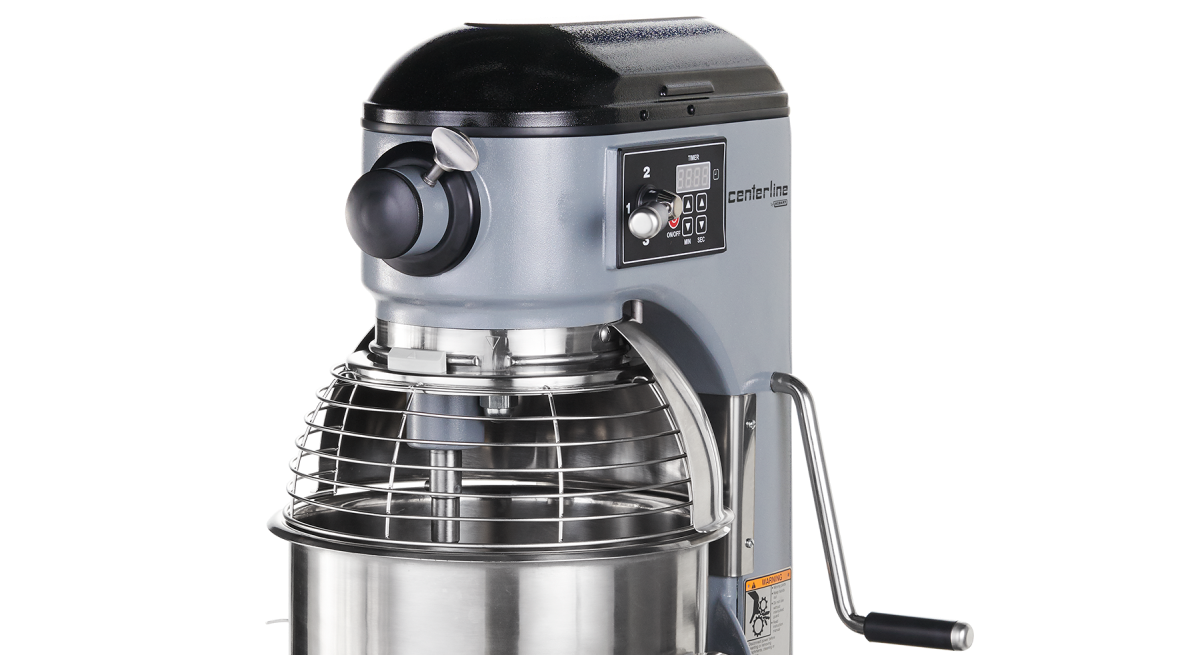Getting the Most Out of Your Mixer
2 Min Read By Carolyn Bilger
It’s important to have the right mixer. Each has its advantages and limitations, but there are some best practices to help provide consistent results and maximize efficiencies no matter which type you choose.
Mixer Capacity
It may be tempting to purchase a smaller mixer at a lower upfront price, but that can lead to problems. A small mixer may not have the bowl space needed to combine ingredients thoroughly. Also, overloading a smaller mixer with large, heavy batches of dough wears on the motor and gears — ultimately shortening the components’ life span and causing costly repairs.
When comparing types, look at capacity testing — not horsepower, since manufacturers rate the horsepower of their equipment differently. Capacity results are typically in chart form and help determine the right agitator for your product, along with bowl and power capacity. To be certain about the capacity you need, always refer to the mixer manufacturer’s recommendation.
At the end of the day, research mixers based on their ability to perform at the level you need to get the best results. Avoid looking at only the upfront cost; buy what you require to meet your mixing needs now and as you grow. Buying for quality and the right capacity can provide better performance at a lower long-term cost.
Cleanliness and Maintenance
It may seem obvious, but proper maintenance and cleaning of your mixer is key to optimal performance, as well as avoiding sanitation issues that could cause food-borne illnesses. Take these steps and tips to ensure you’re taking precautions to avoid problems:
- Follow the manufacturer’s instructions for cleaning and sanitation, since mixer bowl and agitator materials vary based on brand and model. For example, stainless steel bowls and agitators or cast aluminum agitators are often easily run through a ware washer. Look for a mixer with removable bowl guards to simplify cleaning. These are usually best washed by hand in hot water with mild soap and sanitized with an approved, non-caustic cleaner. Wash down the mixer regularly with mild soap, but be sure to avoid too much moisture, which could cause standing water on mixer parts.
- Determine a regular preventive maintenance schedule for your mixer. There are lubrication points on mixers, like where the bowl moves up and down or where a bowl guard spins, that need maintenance attention. Lubricate these points based on the manufacturer’s recommendation in the owner’s manual. Overlooking such tasks can result in premature failure of these components.
- Some mixers have dipsticks to check the oil level, which may be best addressed by an authorized service provider. Plan a service visit once or twice annually to assess this and other potential failure points on the mixer.
- Monitor the agitator clearance for consistency. Be sure the agitator isn’t hitting the bottom of the bowl, as it can wear the bowl and potentially damage to the mixer. If the agitator is too far out of the bowl, it may not incorporate the ingredients fully. Consult the operating manual for instructions on these adjustments or contact your service provider.
Other Considerations
As with any food preparation equipment, proper mixer training is important. Always read the operators manual for instructions on correct operation and, when available, watch the manufacturer’s training videos. These will provide you valuable information to get the most from your mixer.


